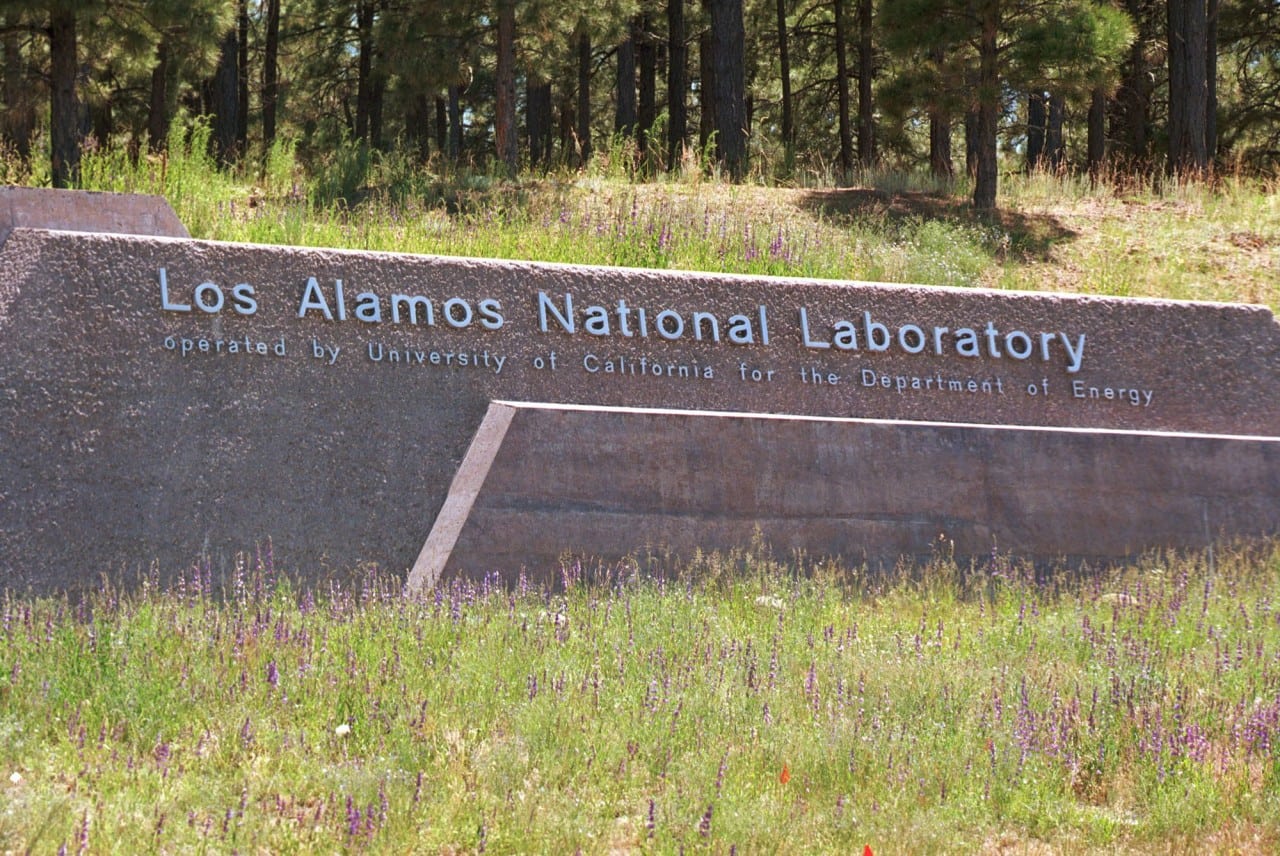
At least five glove-box breaches occurred at the Los Alamos National Laboratory in late March through mid-April, though none of the incidents resulted in worker skin contamination or otherwise compromised their health, according to two reports from the Defense…